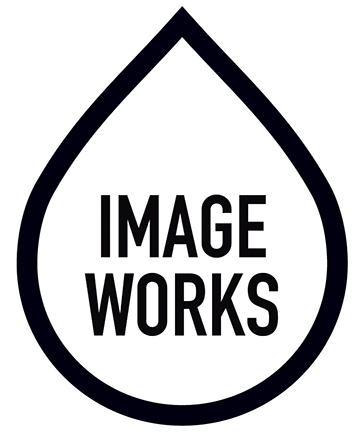What is Giclée/Pigment printing?
Derived from the French term gicler, meaning ‘to squirt or spray’, the term describes a printing process whereby microscopic dots of pigment-based ink are sprayed onto archival-quality paper to ensure the fidelity of a limited edition print to an original artwork.
The richness, accuracy and depth of colour is thanks to the method’s potential to achieve a huge color gamut (the spectrum of colours distinguishable by the human eye). Unlike the four tones used in lithography, giclées often use ten: light cyan, cyan, light magenta, magenta, yellow, orange, green, black and two grays.
Fantastic for reproductions which require maximum detail, giclées are most commonly found on watercolour paper or canvas, but can also be created on coated photographic papers. Different types of paper will produce different effects. Matte paper works well behind glass due its lack of reflectivity, while the shine of a glossy finish can give an artwork a brighter appearance.
It is believed that a giclée will significantly outlast a lithographic print, keeping its vivid colour for up to 200 years.
Do you print postcards, business cards or posters?
No, Gliclée/Pigment printing is not cost effective for large run orders due to ink & paper costs and the time it takes to hand trim our prints. Our inks and papers are 100% acid free, archival, museum quality. We recommend finding a printer who uses offset, digital offset, or lithographic printers for this.
How should I prepare my files for printing?
Print files should be between 240-300 ppi/dpi (at the size you want them printed) in TIFF (preferred) or JPEG format with an RGB (Adobe 98 is preferred) colorspace. If you have a lower resolution image we have a few solutions to help with this. Please contact us if you have any questions or need some assistance with these settings.
Can I email my image file for printing?
We prefer you use our file upload page to send us your file. Print quality files tend to be too large for email and can also be compressed for sending by an email program.
Which paper should I use to print my image?
We stock a variety of fine art and photographic papers. Our services pages have detailed descriptions of each paper as well as links to the manufacturers page. We have paper samples available to view and handle if you are able to stop by. Don't hesitate to ask our opinion if you still need help deciding!
Can I use my own paper?
Yes! Just let us know what you have so we can make sure it is compatible with our printers. A discount on print pricing applies for provided paper.
Do I have to come in or be local to work with you?
Although we prefer to work face to face for proofing and approving prints we can work remotely and ship to you.
Color Management / Soft Proofing
If you would like to soft proof on your end, please get in touch and we can send you profiles to do so. If your monitor is set up correctly, it is possible to preview a simulation of the print results prior to ordering. This simulation is referred to as a "soft proof" in color management programs. A soft proof is understood as a colorimetric display of digital print data on a calibrated and/or profiled monitor. This procedure requires ICC display profiles, which describe the substrate to be printed in accordance with the material and color representation properties, and therefore allow a simulation on the monitor.
Why do my prints never quite match my monitor?
In most cases previews on a monitor and the print results do not match exactly. This may be caused by the monitor being too bright, not having the correct calibration or profile, or insufficient hardware. To ensure the best possible matching between the monitor's representation and the physical print, it is necessary to calibrate the monitor correctly. This is best done using a monitor calibration tool (colorimeter or spectral photometer).
